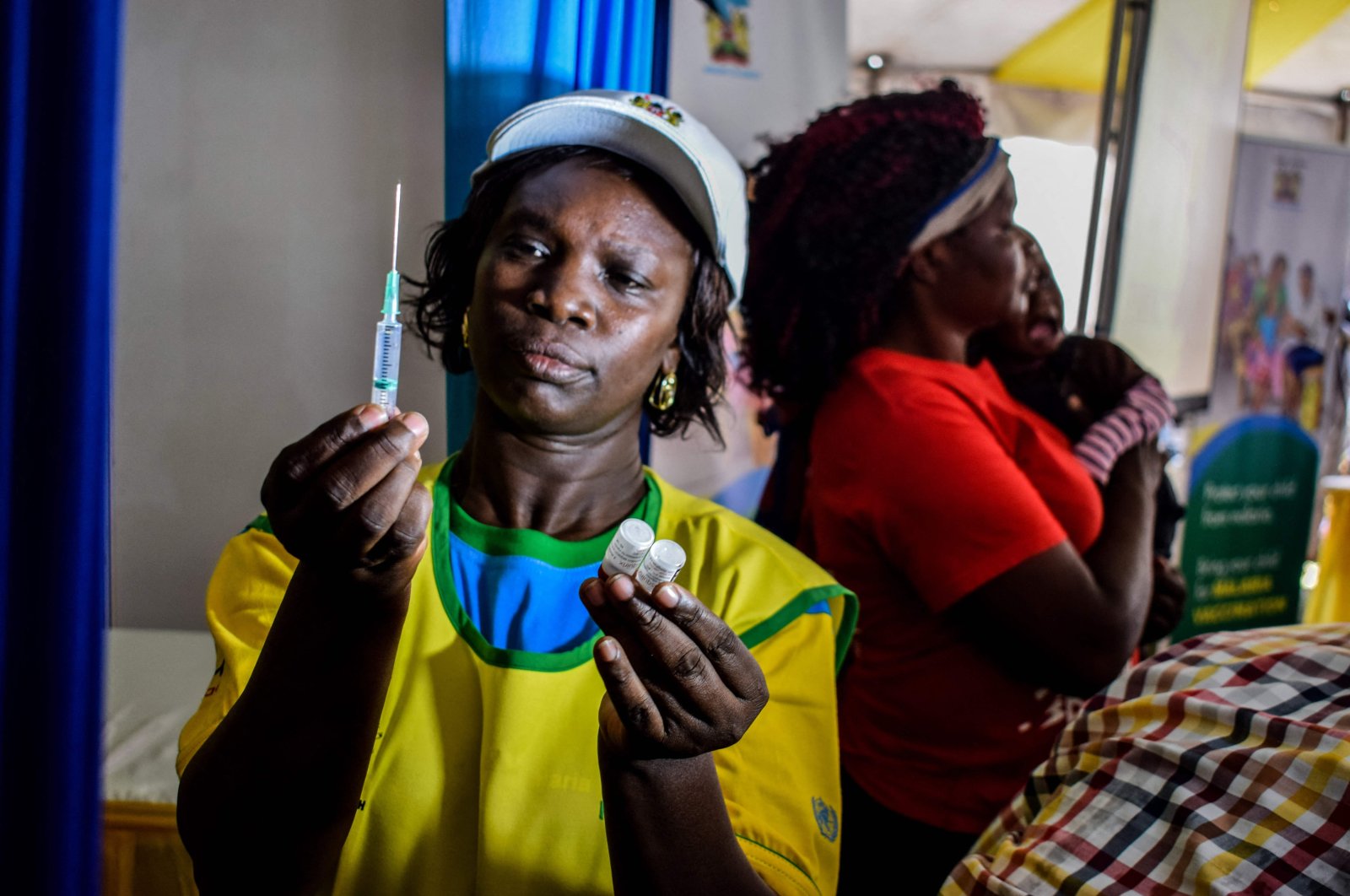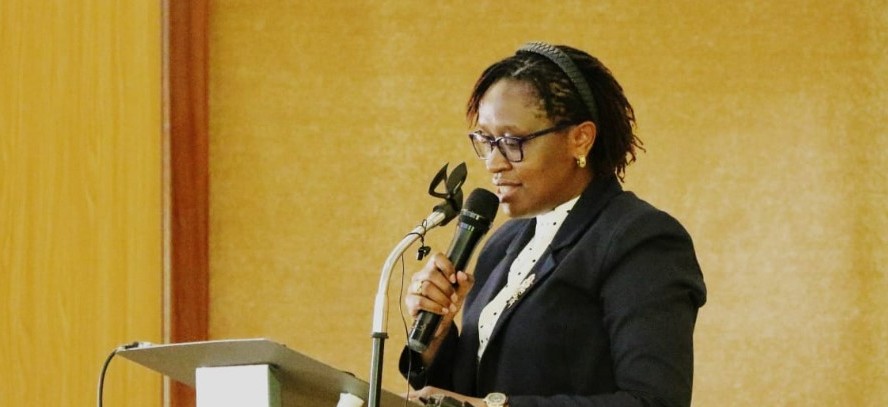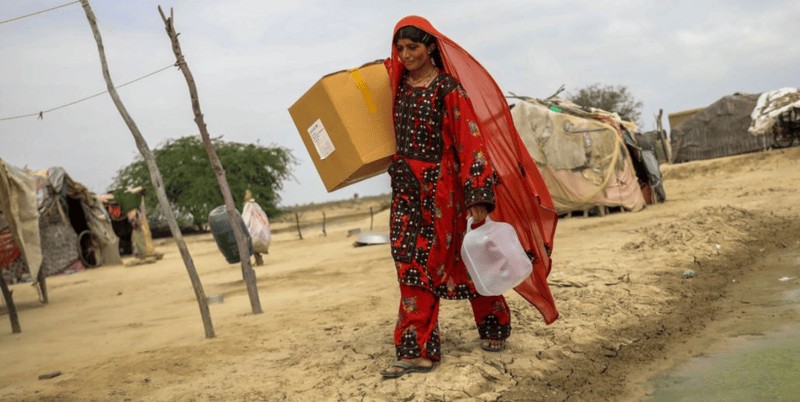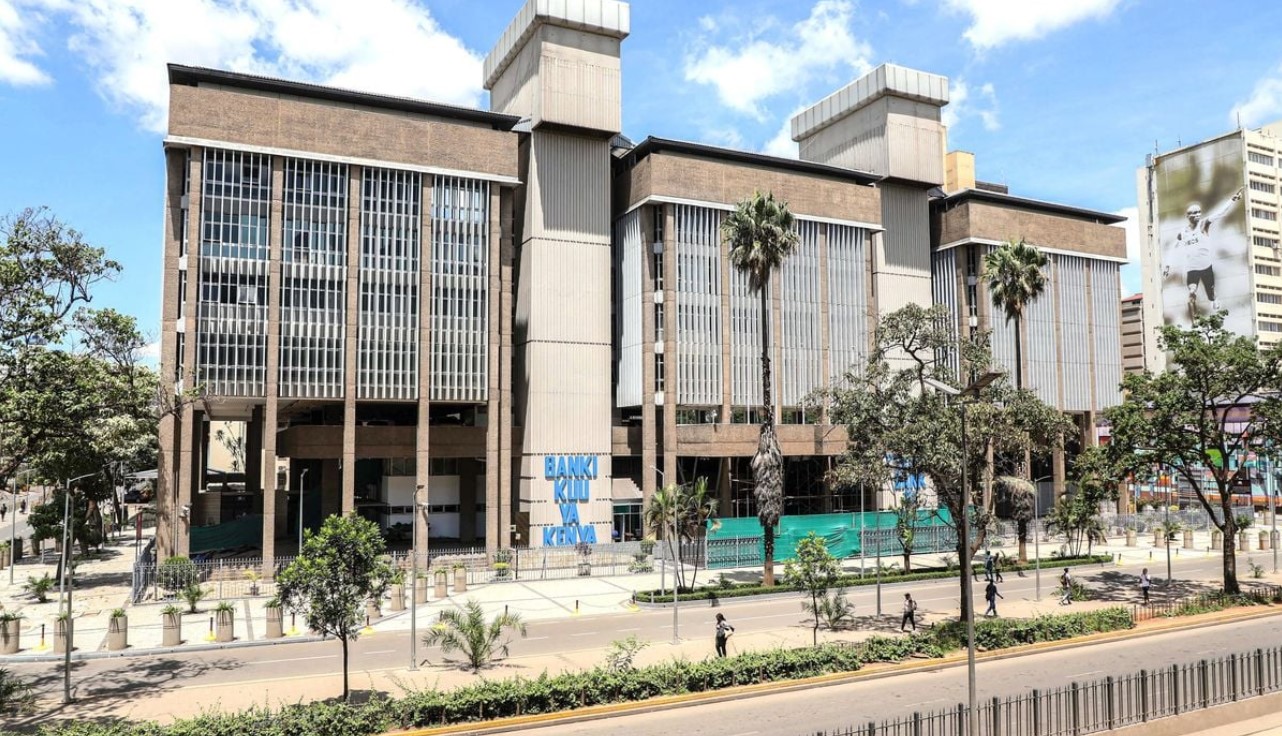Relief as workers’ real wage growth starts rising on easing inflation

A recent report by the International Labour Organisation (ILO), reveals that the real average wage growth has started to rise again as inflation progressively eases.
Workers mostly in Africa could be looking towards a better year in 2025, characterised by increased disposable incomes as a result of the rising real wages.
A recent report by the global workers' agency, the International Labour Organisation (ILO), reveals that the real average wage growth has started to rise again as inflation progressively eases.
More To Read
- Kenyans to access cheaper loans as CBK cuts lending rate to 9.25 per cent
- World Bank warns of soaring global food prices as inflation hits developing nations hardest
- Rising food prices drive Kenya’s inflation to 4.6 per cent in September
- Food, transport costs drive Kenya’s inflation up to 4.5 per cent in August
- Food prices expected to decline despite inflation rise, CBK survey reveals
- Economic outlook: Kenya’s inflation climb raises prospect of monetary tightening in coming months
"After falling to (-0.9) per cent in 2022, global real wage growth recovered in 2023, marking an increase of 1.8 per cent," the report reads.
"Data for the first two quarters of the year 2024 indicate that global real wage growth recorded a 2.7 per cent increase, the largest gain in more than 15 years."
Nevertheless, the report notes that in 2024, after two years of negative growth, real wage growth in advanced economies returned to the positive at 0.9 per cent, while emerging economies recorded an increase of 5.9 per cent.
Real wages refer to wages adjusted for inflation, or equivalently wages in terms of the amount of goods and services that can be bought and its normally used in contrast to nominal wages or unadjusted wages.
Cost of living
In Kenya, households' wages have reportedly remained stagnant as the cost of living rises in the recent past.
According to a study by fund management company ICEA Lion on Kenyan households, many families in the better part of last year said their incomes did not keep pace with the economic shifts, leading to financial strain and uncertainty.
Dubbed the 'Consumer Spending Index' for the third quarter of 2024, the survey report notes a notable portion of households, 55 per cent, experienced stagnated income year-to-date, exacerbating the challenges posed by rising prices for essentials such as food, housing and healthcare.
On the other hand, 26 per cent of the surveyed respondents reported an increase in their income while 19 per cent reported a decrease.
However, the ILO update on the real wages and its prospects paints a positive picture moving forward.
This is if the trends keep rising into the better part of this year.
ILO in the report also highlights the high levels of wage inequality, which compares the wages of high and low-wage earners, saying it persists in countries around the world despite the rising wages.
"Wage inequality has decreased in about two-thirds of all countries since 2000. Despite this positive trend, significant wage differentials persist worldwide," ILO says.
Since the early 2000s, on average, wage inequality has decreased in many countries at an average rate that ranged from 0.5 to 1.7 per cent annually.
The most significant decreases occurred among low-income countries where the average annual decrease ranged from 3.2 to 9.6 per cent in the past two decades.
Top Stories Today

















































